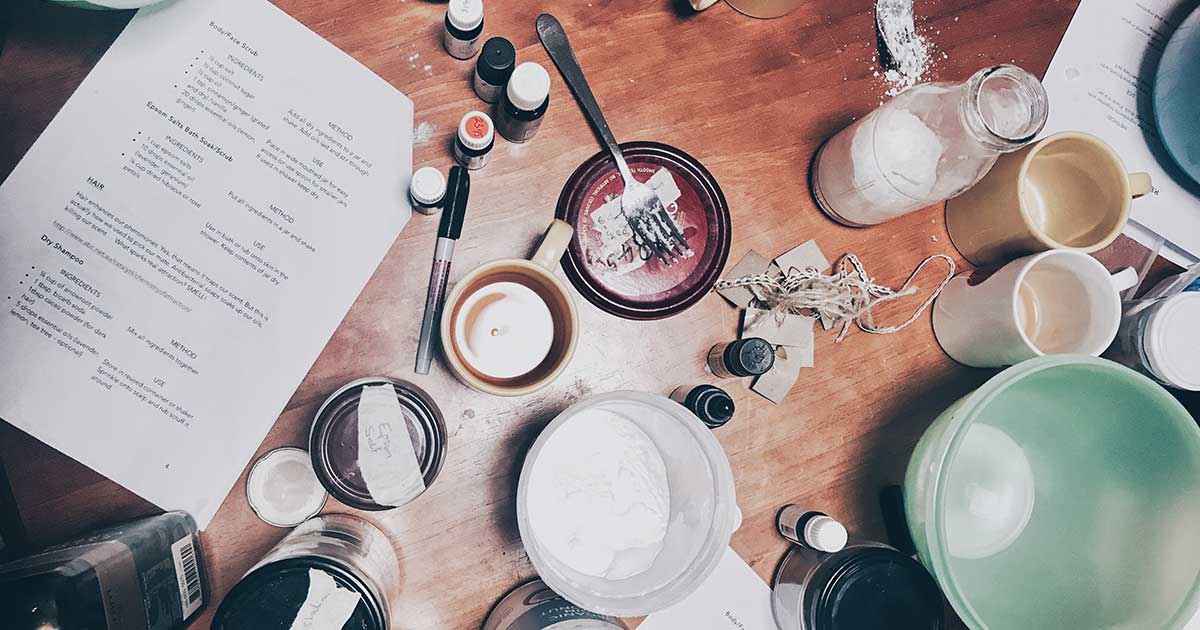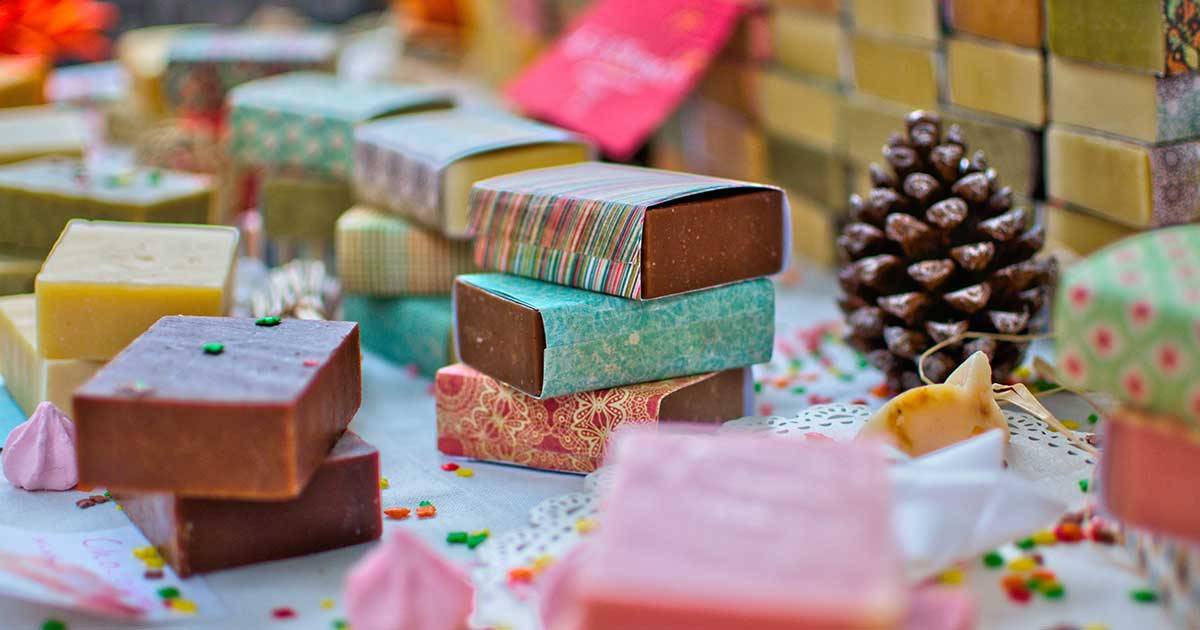Posted on 19th December 2017 by Media Relations

Marine life globally is threatened by plastic rubbish floating in their underwater home.
In just over twenty years, it’s predicted that there will be more plastic in the ocean than fish and that every seabird on the planet will have ingested plastic. But every day, we can be the solution to plastic pollution simply by changing our own lifestyles.
The first step we can take is to refuse disposable items like take-away coffee cups, straws, water bottles and plastic bags. You can use our calculator to find out how much single-use plastic you could avoid a year by doing this.
The next step is to take a look at other area of our lives and see if there are any old habits we can change. Our kitchens and bathrooms can be a minefield for single-use plastic. It can seem like every item in your bathroom is covered in the stuff, but there are alternatives available if you know where to look!
Avoid products containing microbeads
Microbeads are tiny beads of plastic added to facial washes and cleansers to exfoliate skin. These tiny pieces of plastic wash down our drains, eventually heading into our waterways where they’re the perfect size for a fish to eat. It’s difficult to tell what products contain microbeads as they’re never listed as such, usually you’ll find them on the ingredients panel listed as ‘polyethylene’.
If you’re unsure if a product contains microbeads for not, try this app which lets you scan barcodes and will tell you if it contains microbeads!
If you’re after an exfoliator for your body that will leave you smelling fine, mix ground coffee beans with a pinch of cacao and a small amount of raw sugar and coconut oil.
Switch to solid bars over bottles
Choosing to purchase a bar of soap over a bottle of hand wash is an easy win – but what about our plastic bottles of shampoo or conditioner?
When we purchase a bottle of shampoo or conditioner, we’re actually buying a product that’s around 80% water! Most bulk stores sell cleaning and beauty products, so you can take old shampoo and conditioner containers and refill them instead of buying brand new bottles.
Alternatively, solid body bars are concentrated versions of the body products that we normally buy in a bottle, so they last longer and don’t come packaged in plastic. Ethique is a great locally made brand with a huge variety of products.

Brush with bamboo
Opt for a bamboo toothbrush over a plastic one. Once it’s time for your bamboo brush to be replaced, you can just put the handle in your household compost.
You can also purchase bamboo hairbrushes, however if you’ve got a plastic one already, keep using that – it’s always better to use what we have rather than buying something new.
Make your own
Deodorant normally comes in a plastic roll-on container or in an aerosol can. You can switch these for a paste version that comes packaged in cardboard, or even try making your own.
It’s not just deodorant you can make yourself. You can find recipes for dry shampoo, moisturiser and facial scrub online that use simple ingredients you probably already have in your kitchen cupboard.
By making a few changes like these in our lives, we can be the solution to plastic pollution that marine wildlife needs.
At Taronga, we believe that wildlife and people can share this planet. But right now, wildlife globally is under threat and they need your help more than ever. Find out more about how you can take action for our oceans.